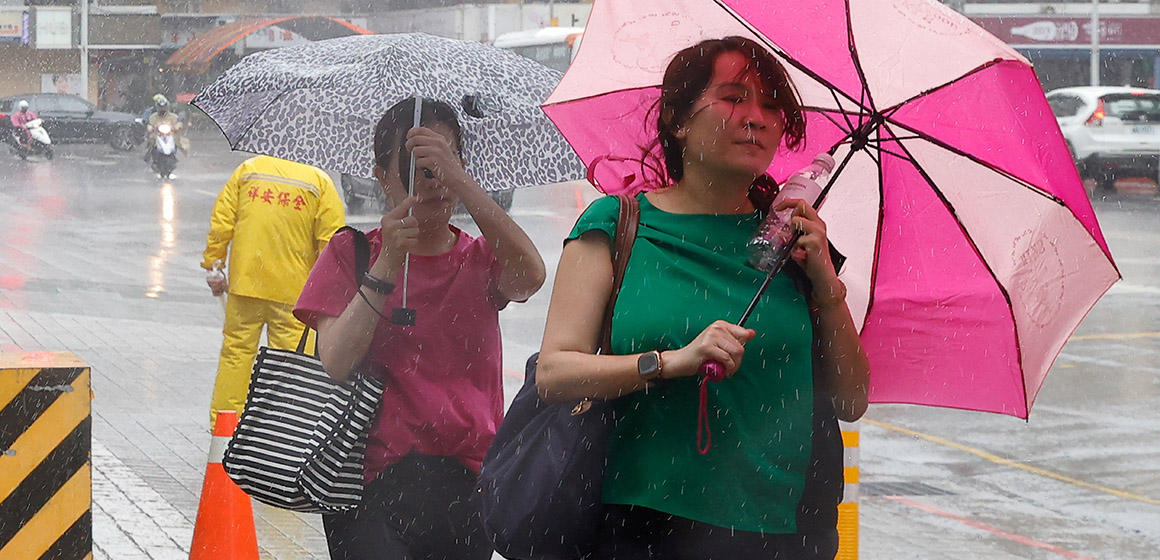Typhoon Haikui has made landfall in Taiwan, marking the first direct hit by a tropical storm on the island in over four years. As the typhoon struck on Sunday afternoon, thousands of individuals were evacuated, and several villages experienced power outages.
With maximum sustained winds of 137 kph (85 mph) and gusts reaching 173 kph (107 mph), Haikui brought heavy rainfall and disruptive winds that affected transportation services. Roads were cut off, and mobile connectivity was compromised. In anticipation of the typhoon, Taiwan had suspended flights, rail transport, ferry services, classes, and outdoor events, while urging workers to stay home.
Approximately 4,000 people were evacuated, and residents were advised to avoid the sea and remain indoors unless absolutely necessary. Taiwanese airlines canceled all domestic flights on Sunday, and ferry services to surrounding islands were also suspended. However, international flights experienced less disruption, with only 41 flights canceled on Sunday, according to the Civil Aeronautics Administration.
As of early Sunday evening, only two individuals had reported minor injuries when a tree fell on a truck in the eastern county of Hualien. There were few other reports of damage.
Following its impact on Taiwan, the typhoon moved along the Chinese coast. Authorities in the city of Shantou in Guangdong province advised residents to take precautions. Compared to Typhoon Saola, which struck Hong Kong and Guangdong on Saturday, Haikui is significantly less powerful. Tropical Storm Risk projected Haikui to be classified as a Category 1 or 2 typhoon upon landfall in Taiwan.
Before Haikui’s arrival, workers in several Chinese cities were already staying at home, and the start of the school year was postponed from Friday to Monday. Hong Kong’s stock market trading was suspended on Friday, and hundreds of people were stranded at the airport due to the cancellation of approximately 460 flights.
Despite the concurrent typhoons, China’s military continued conducting operations that aimed to intimidate Taiwan. Beijing seeks to bring the self-ruled democracy under Chinese sovereignty, even though force if necessary.

